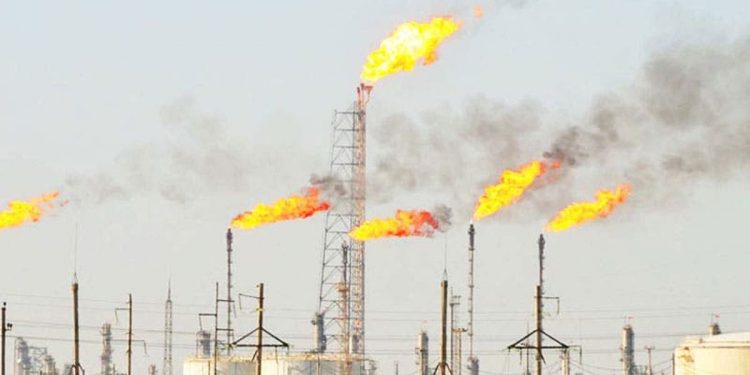Nigeria leads two other countries, Mexico, and the United States — to account for most of the decline in global gas flaring in 2022, the World Bank has said.
The Breton Woods Institution, in its Global Gas Flaring Tracker report for 2023, said global gas flaring has fallen to the lowest level since 2010.
The bank said progress in reducing gas flaring resumed in 2022, with gas flared worldwide falling by five billion cubic meters (bcm) to 139 bcm, according to new satellite data compiled by the World Bank’s Global Gas Flaring Reduction Partnership (GGFR).
During 2022, global gas flaring reduced by three percent from 144 bcm in 2021 to 139 bcm, according to satellite-based estimates. The report said in the same period of time, oil production increased by five percent from 77 million barrels per day (bbl/d) in 2021 to 80 million bbl/d in 2022.
It also said that the decoupling of gas flaring and oil production led to a reduction in the global average flaring intensity, as the amount of gas flared per barrel of oil produced, dropped from 5.1 cubic meters of gas flared per barrel of oil produced (m/bbl) in 2021 to 4.7 m/bbl in 2022. – Leadership


















